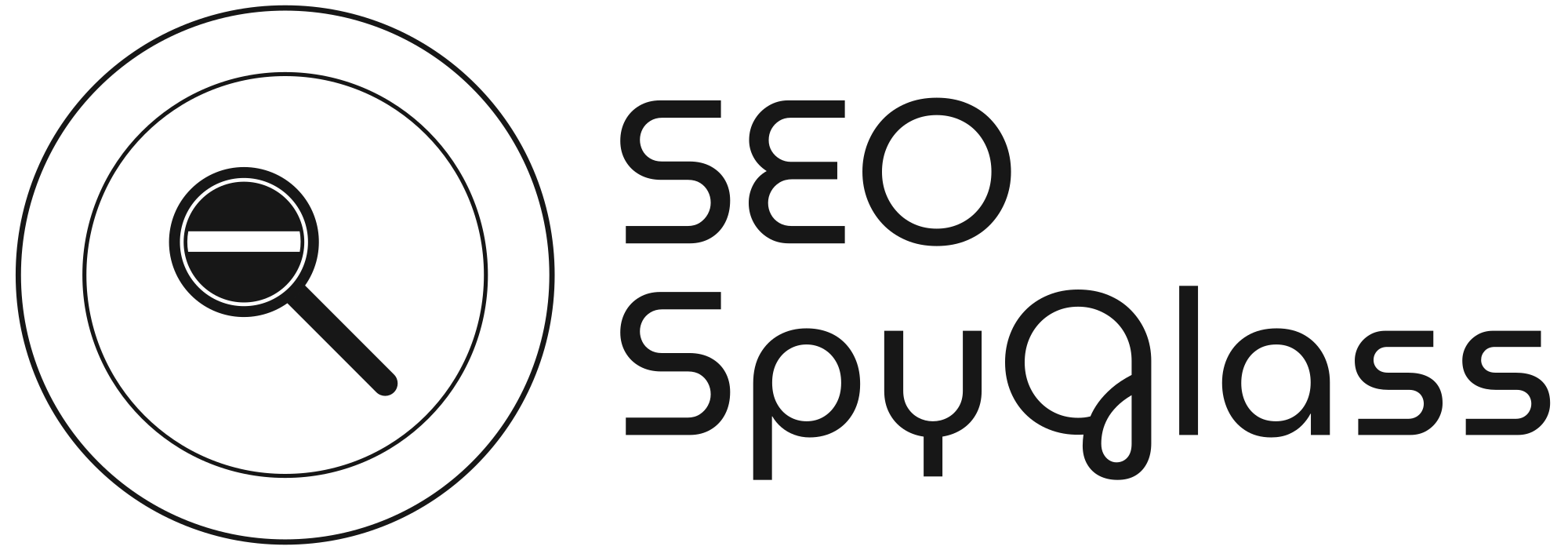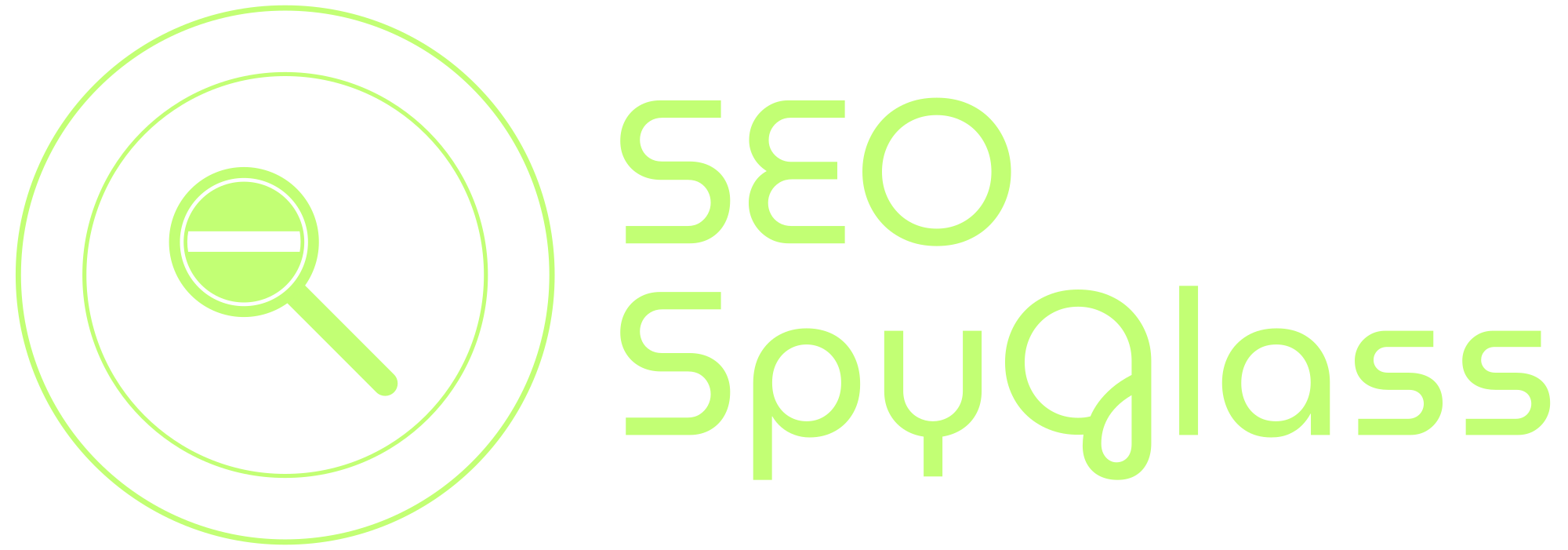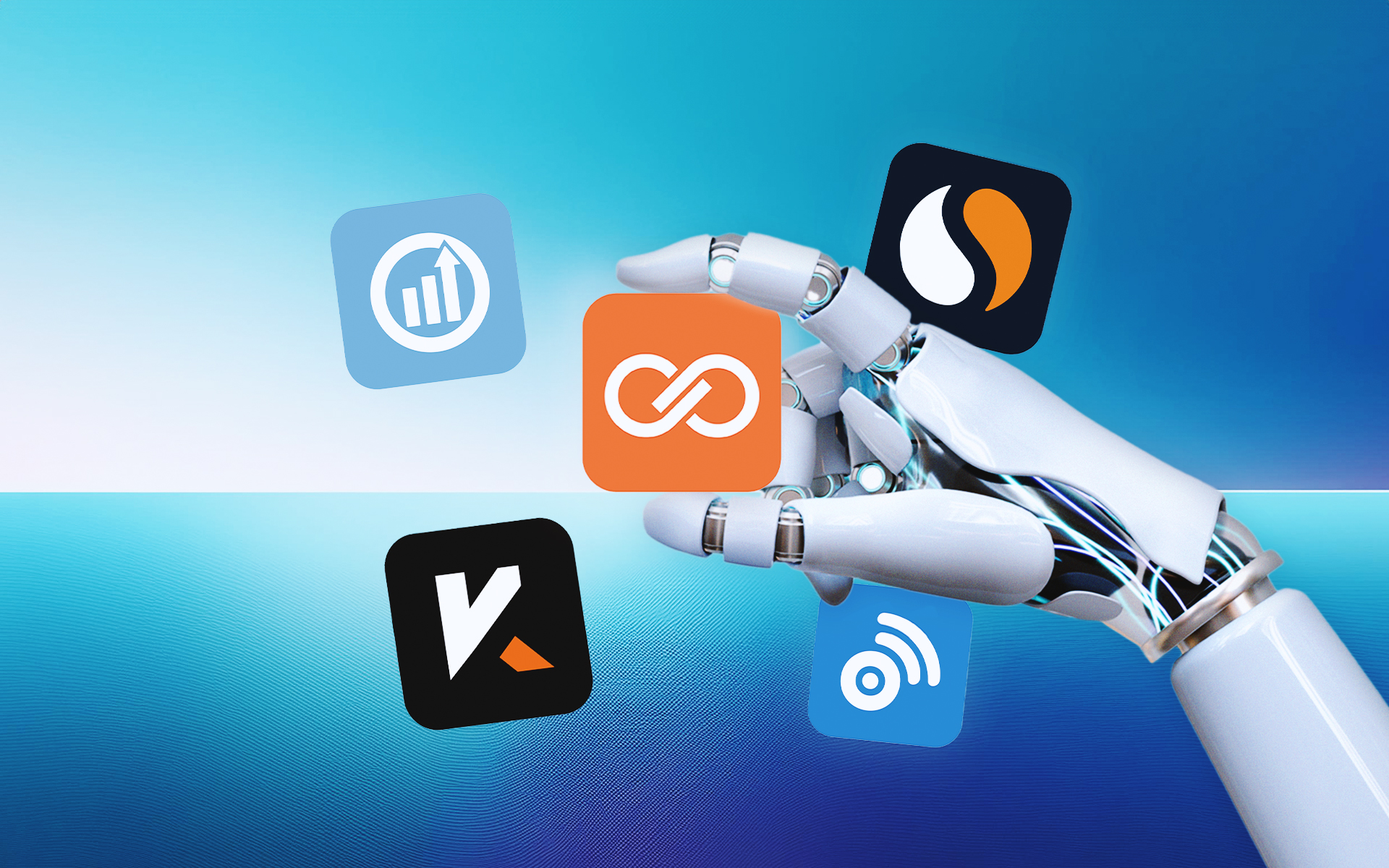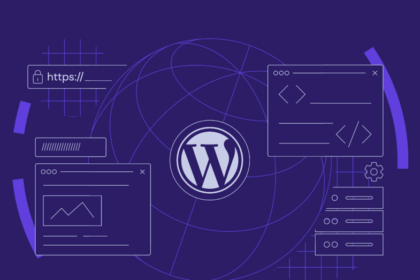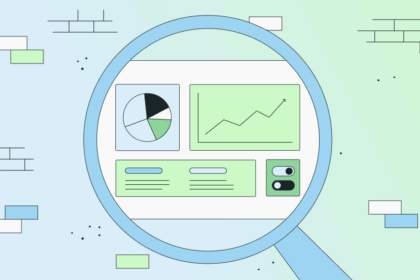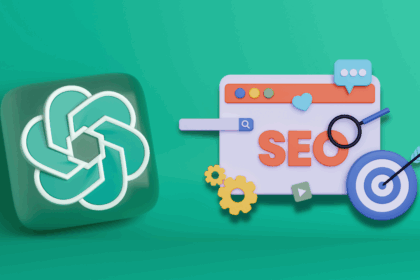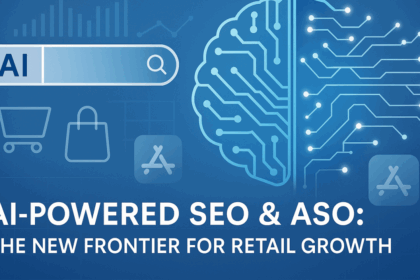In today’s hyper-competitive digital landscape, understanding your competitors is more critical than ever. Traditional competitor analysis often involves manual research, intuition, and scattered data points, which can be time-consuming and prone to oversight. Enter AI-powered competitor analysis—a game-changing approach that leverages artificial intelligence and machine learning to provide deeper, faster, and more actionable insights. This article explores the tools and techniques behind AI-driven competitor analysis and how businesses can harness them to outperform rivals in 2025.
What is AI-Powered Competitor Analysis?
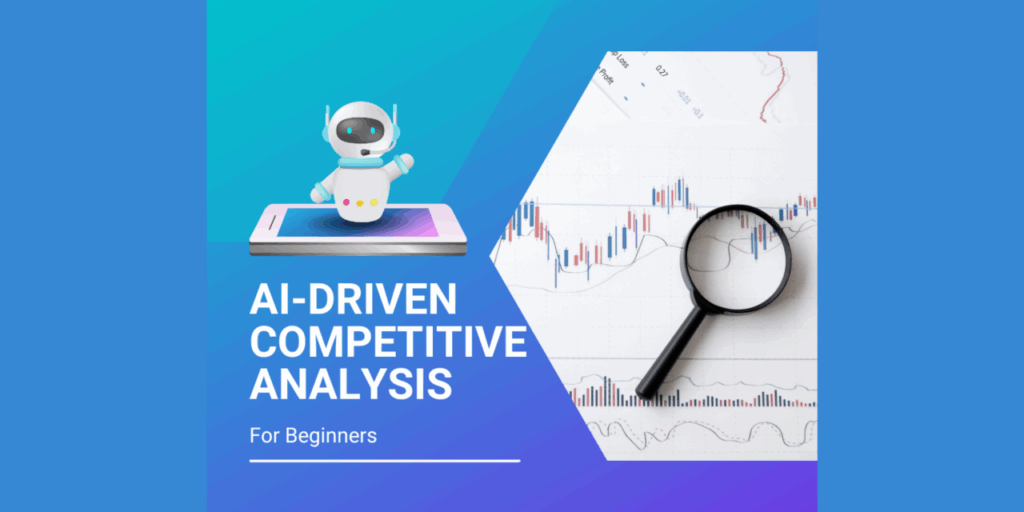
AI-powered competitor analysis uses advanced algorithms, natural language processing (NLP), and data mining techniques to collect and analyze vast amounts of competitive data. Unlike manual methods, AI can process large datasets from various sources—such as websites, social media, search engines, and market reports—extract patterns, predict trends, and deliver strategic recommendations in real time.
Why AI Matters in Competitor Analysis
- Speed and Scale: AI can analyze data at a scale and speed impossible for human analysts, providing near-instant insights.
- Accuracy and Depth: Machine learning models identify subtle patterns and correlations in competitor behavior that manual analysis might miss.
- Continuous Monitoring: AI tools enable real-time tracking of competitor activities, allowing businesses to react quickly to market shifts.
- Predictive Insights: Beyond historical data, AI can forecast competitor strategies, potential market moves, and emerging threats.
Top AI-Powered Tools for Competitor Analysis
1. Crayon
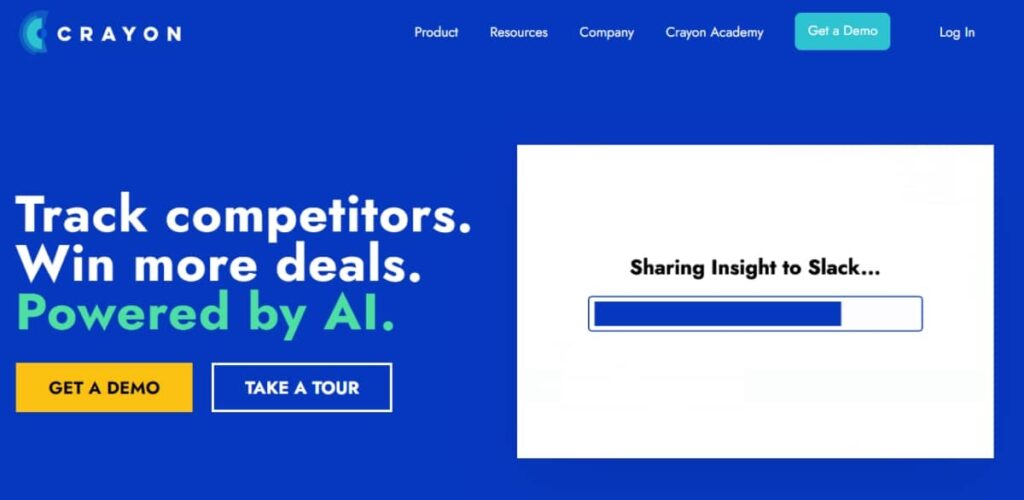
Crayon is an AI-driven competitive intelligence platform that collects and analyzes data across digital touchpoints—websites, social media, pricing pages, and more.
- Key Features:
- Real-time competitor activity alerts
- Competitive website change detection
- Market trend analysis and reporting
- Integration with CRM and marketing platforms
Crayon helps marketing and sales teams stay informed about competitor moves, messaging shifts, and product updates.
2. SEMrush Competitive Intelligence
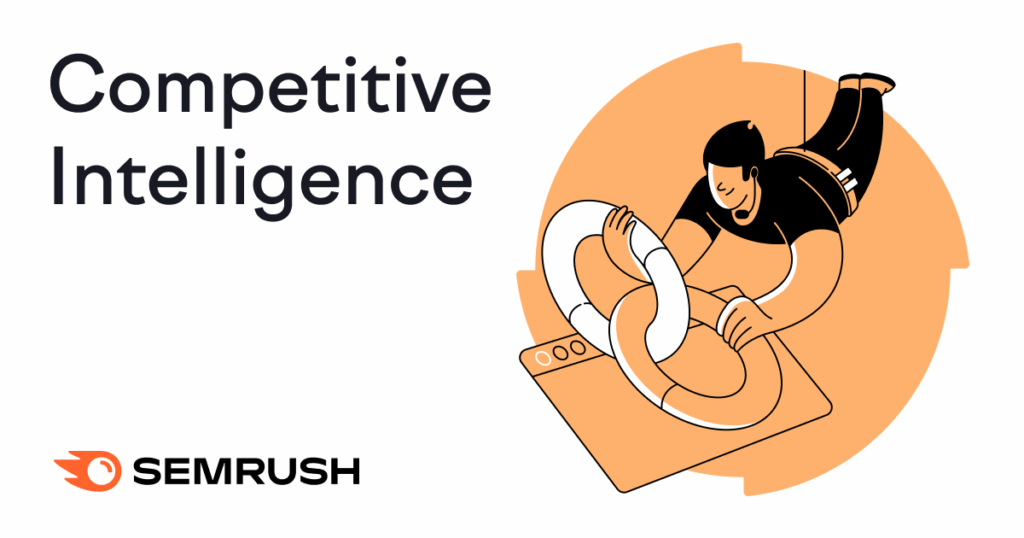
While known primarily for SEO, SEMrush incorporates AI features to analyze competitor traffic, keyword strategies, and advertising tactics.
- Key Features:
- Traffic analytics with AI-based trend forecasting
- Competitive keyword gap analysis
- PPC strategy insights and budget estimates
- Backlink profiling and link building opportunities
SEMrush’s AI tools assist in identifying competitors’ strengths and weaknesses, optimizing your own campaigns accordingly.
3. Similarweb
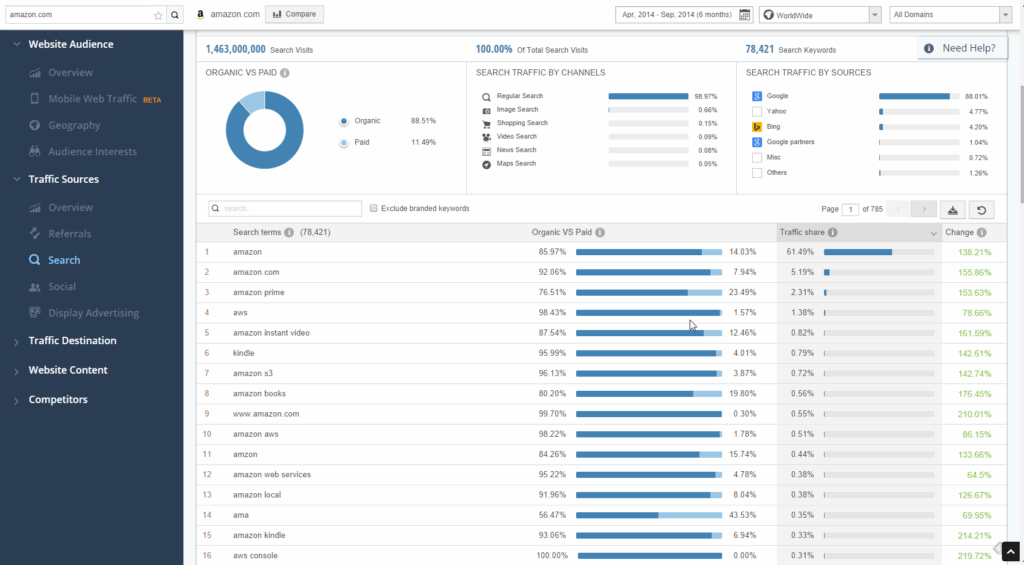
Similarweb leverages AI to provide comprehensive market intelligence, offering insights into traffic sources, user engagement, and competitor rankings.
- Key Features:
- Audience segmentation and behavior analysis
- Industry benchmarking with AI-driven reports
- Digital marketing channel performance tracking
- Market opportunity identification
This tool is especially useful for businesses seeking to understand broader market dynamics alongside direct competitor analysis.
4. Crystalknows
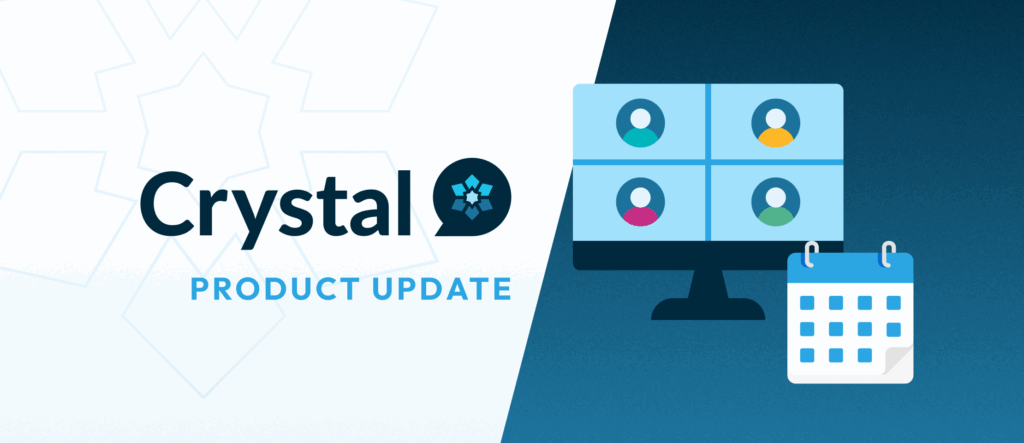
Crystalknows adds a unique AI-driven dimension by analyzing competitor team structures and communication styles, helping businesses tailor outreach and negotiation strategies.
- Key Features:
- Personality insights on competitor leadership
- Communication style recommendations
- Integration with sales and CRM tools
Understanding the people behind competitors can provide strategic advantages in partnership and sales negotiations.
Techniques for Effective AI-Powered Competitor Analysis
1. Automated Data Collection and Scraping
Use AI-powered web scraping tools to continuously gather competitor data such as pricing, product offerings, content updates, and customer reviews. Automating this process ensures your data is fresh and comprehensive.
2. Sentiment Analysis
Leverage natural language processing to analyze customer feedback, reviews, and social media mentions about competitors. Sentiment analysis reveals public perception and pain points, guiding your marketing and product development strategies.
3. Predictive Trend Analysis
AI models can forecast emerging market trends by analyzing historical competitor data and industry patterns. This helps businesses anticipate competitor moves and adapt proactively.
4. Visual Competitive Mapping
AI tools can generate visual maps showing market positions, competitor overlaps, and gaps. These maps simplify complex data, making it easier to identify opportunities and threats.
Best Practices for Using AI in Competitor Analysis
- Combine AI Insights with Human Expertise: AI excels at data processing but human judgment is essential for strategic interpretation and decision-making.
- Maintain Data Privacy and Ethics: Ensure data collection complies with legal standards and respects competitors’ privacy.
- Regularly Update Models and Data Sources: The accuracy of AI depends on up-to-date information and well-tuned algorithms.
- Focus on Actionable Metrics: Prioritize insights that directly influence your marketing, sales, and product development efforts.
Conclusion
AI-powered competitor analysis is revolutionizing how businesses understand and respond to their competitive environment. By leveraging advanced tools and techniques, companies can gain deeper insights, act faster, and craft smarter strategies that drive growth. In 2025, integrating AI into your competitor analysis workflow isn’t just an advantage—it’s becoming a necessity for staying ahead in the digital marketplace.
Whether you’re a startup seeking to carve out market share or an established enterprise defending your position, adopting AI-driven competitor intelligence can transform your approach and unlock new levels of competitive success.
